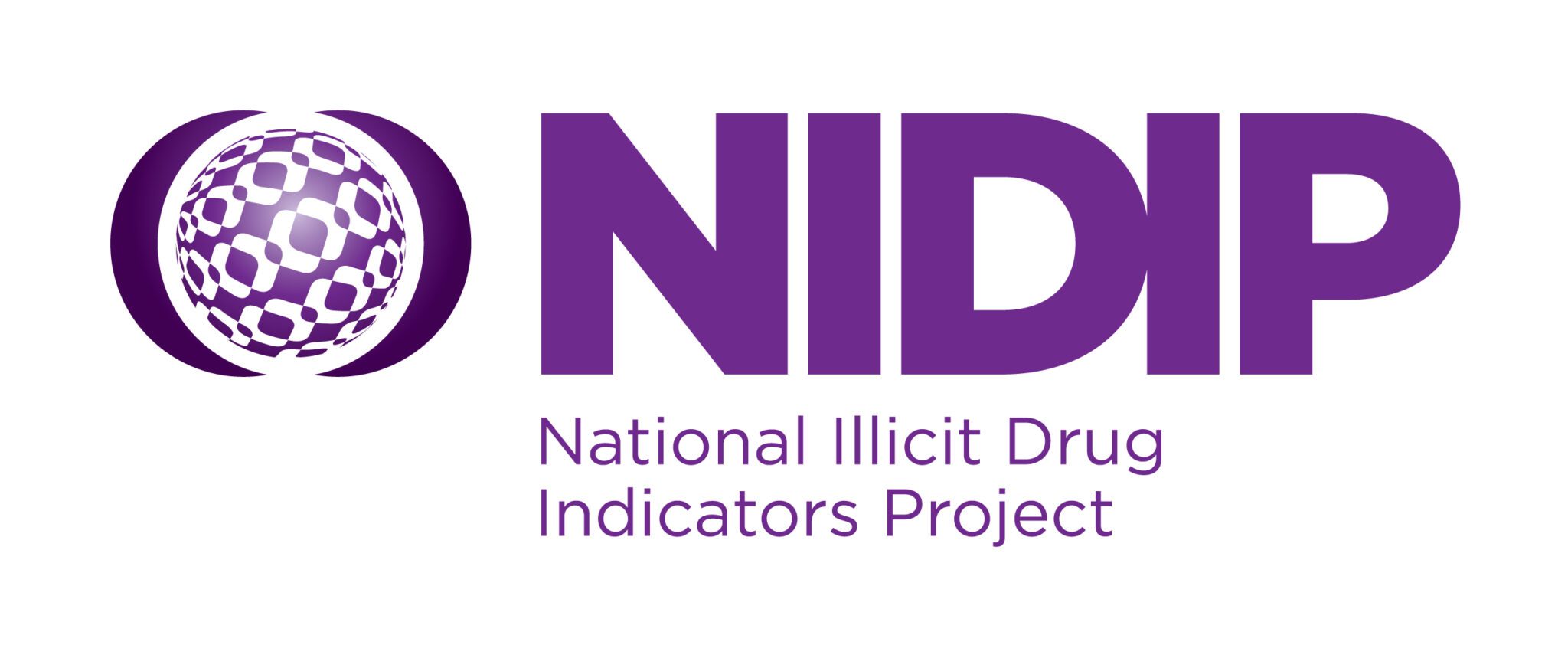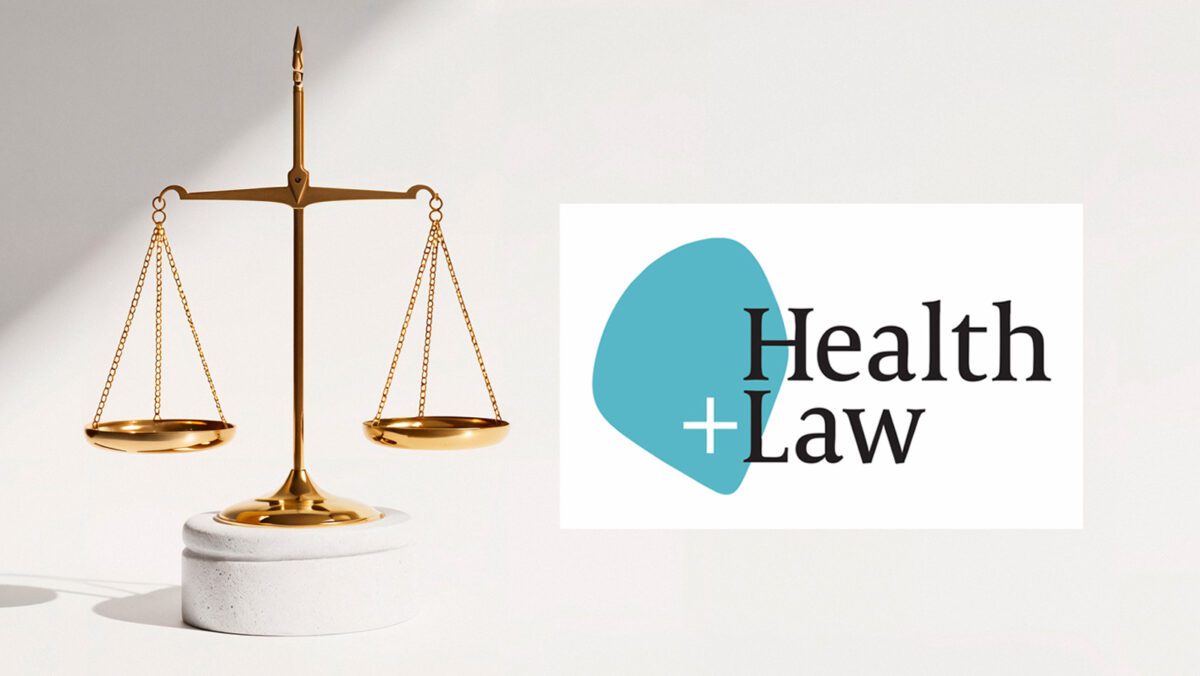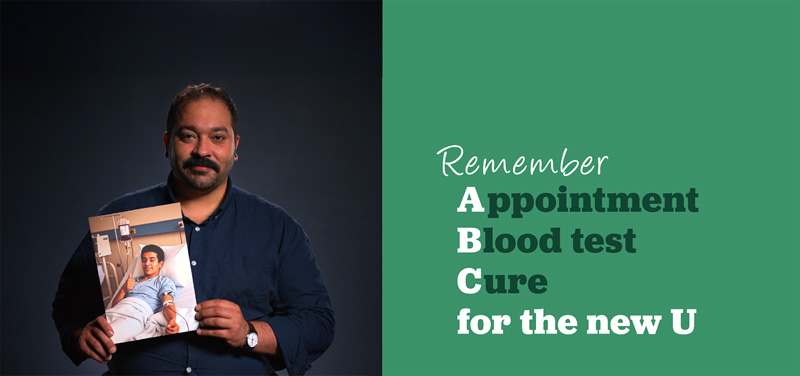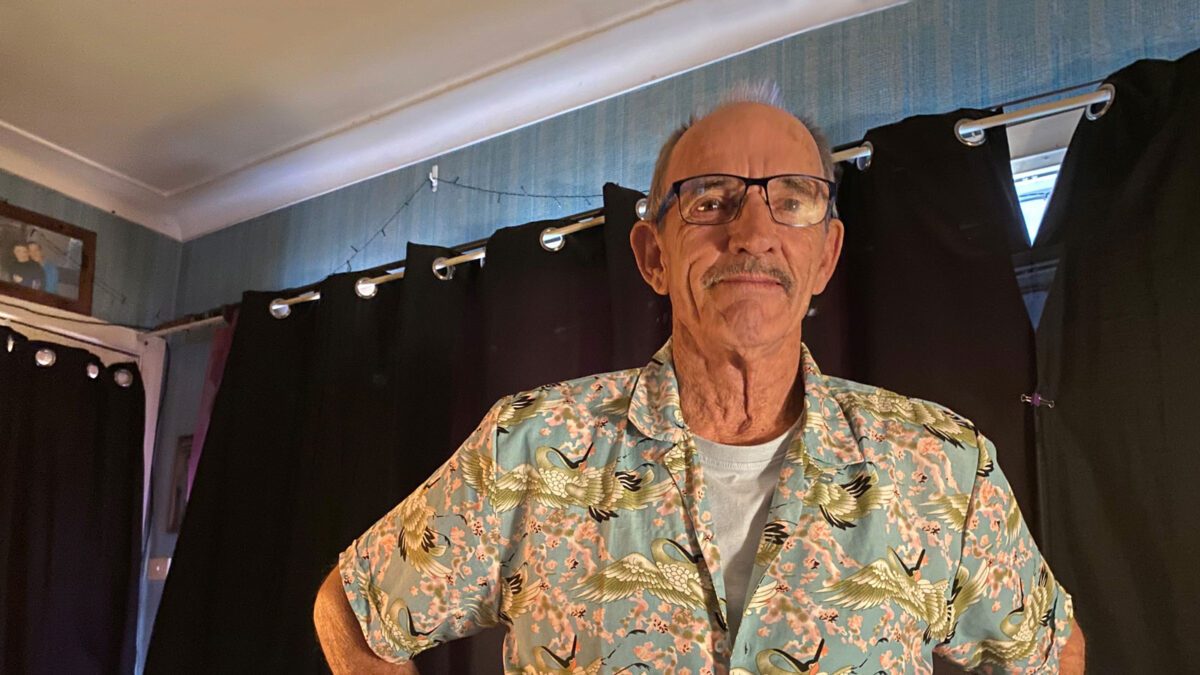The National Picture
Drug-induced deaths in Australia continue to be a significant public health issue. Preliminary data published at the end of May in the National Illicit Drug Indicators Project (NIDIP) Report shows that there were 1,819 drug-induced deaths (including those from drug overdose) among Australians in 2022.
This number of deaths is equivalent to five drug-induced deaths per day among Australians, and comprised around one per cent of all registered deaths in Australia in 2022. And this was one per cent of a distressingly high number: there were 20,200 more deaths in 2022 than would have been expected if the COVID pandemic had not happened.
The issue of drug-induced deaths is complex and multifaceted, with factors such as socio-economic disadvantage, mental health, and lack of access to healthcare and harm reduction services playing a key role. (Note that alcohol is excluded from the analysis in this report, or else the numbers would be much higher–this research focuses on drugs still seen as illegal.)
Between 2003 and 2017, the rate of drug-induced deaths steadily increased on average by 4.1 per cent each year, reaching its 2017 peak at 8.2 deaths per 100,000 people. This slowly declined to 7.7 per 100,000 people in 2020; the revised 2021 and preliminary 2022 estimates were lower again and similar to each other (7.1 and 7.0 deaths per 100,00 people, respectively). Note that he 2021 and 2022 estimates are not final and may increase with further revision, with a greater increase anticipated for the latter, and reliable data for 2023 is not yet available.
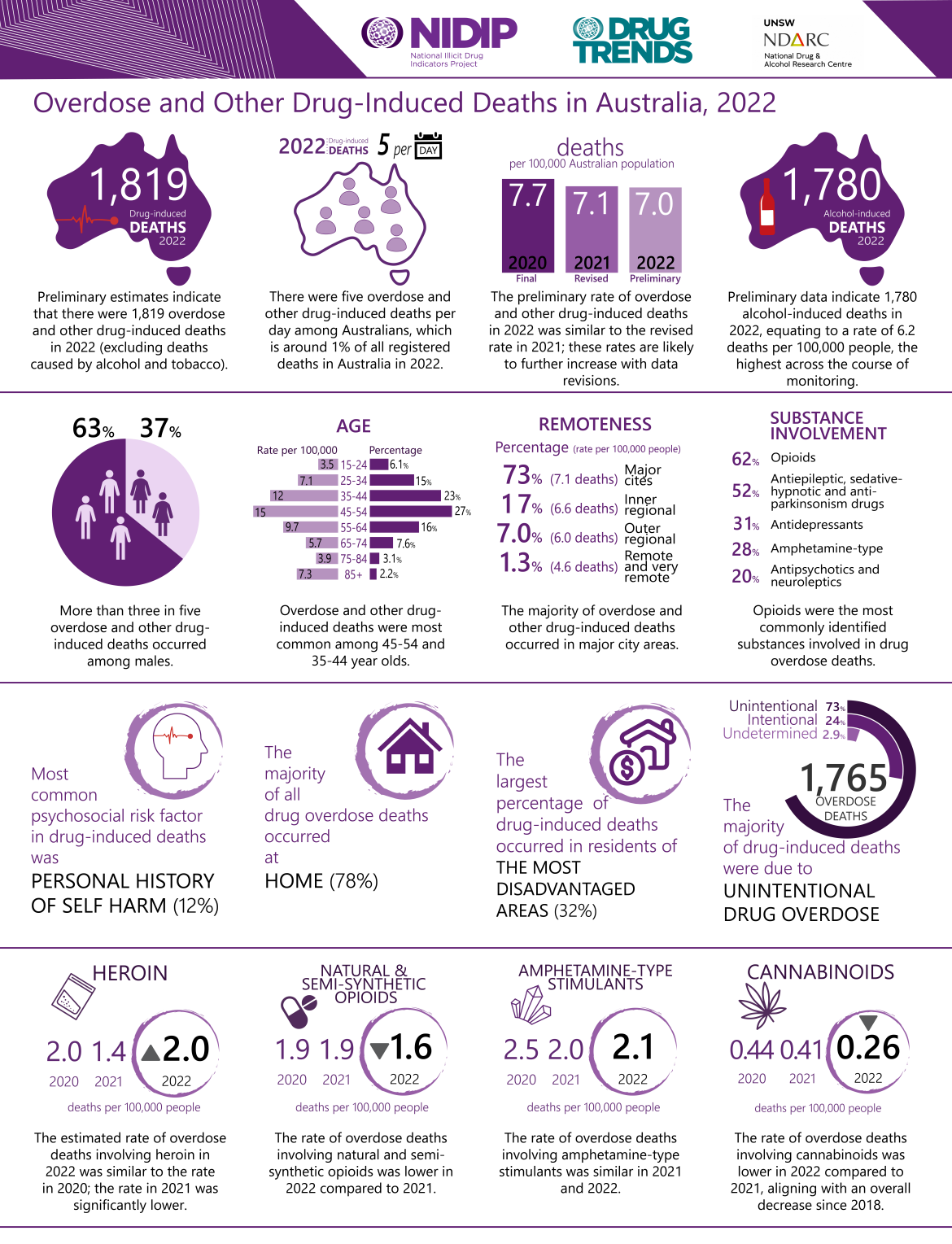
South Australia in Focus
There were 146 registered overdose and other drug-induced deaths (excluding alcohol and tobacco) in South Australia in 2022, which is equivalent to 0.94 per cent of all registered deaths in the state.
The rate fluctuated between 2003 and 2020. As with Australia as a whole, the highest rate was observed in 2017, reaching 8.3 deaths per 100,000 people.
In 2022, males accounted for 66 per cent (97 deaths) of these drug-induced deaths. Drug-induced deaths were most common among the 45-54 age group (28 per cent, 41 deaths). The greatest proportion of drug-induced deaths and the highest population rate occurred among people residing in major city areas (79 per cent, 115 deaths, 8.3 deaths per 100,000 people), which is what you would expect in a state where an overwhelming proportion of the population lives in urban areas.
In 2022, 96 per cent (140 deaths) of drug-induced deaths were due to overdose. Unintentional drug overdose accounted for 68 per cent (95 deaths) and intentional drug overdose for 29 per cent (40 deaths) of these deaths in 2022. The location of the incident underlying death was coded as home for the majority (76 per cent, 107 deaths) of drug overdose deaths.

In South Australia, the three most common drug types involved in drug overdose deaths in 2022 were:
- opioids (4.1 deaths per 100,000 people, 75 deaths in total),
- antiepileptic, sedative-hypnotic and anti-parkinsonism drugs (2.6 deaths per 100,000 people, 46 deaths in total), and
- amphetamine-type stimulants (2.4 deaths per 100,000 people, 41 deaths in total).
Comparison of estimated rates of drug overdose deaths in South Australia identified a significantly higher rate of deaths involving amphetamine-type stimulants in 2022 as compared to 2021 (by 78 per cent; 2.4 versus 1.3 deaths per 100,000 people), and non-opioid analgesics (by 138 per cent; 1.2 versus 0.51 per 100,000 people).
All unintentional drug overdose deaths are avoidable. These figures highlight the need for easily accessible pill testing and safe injecting rooms in South Australia (and nation-wide), so that people who use illicit drugs can do so without accidentally dying. It also shows the importance of having wide access to Naloxone, which we fortunately do have in South Australia, to help counteract overdoses.
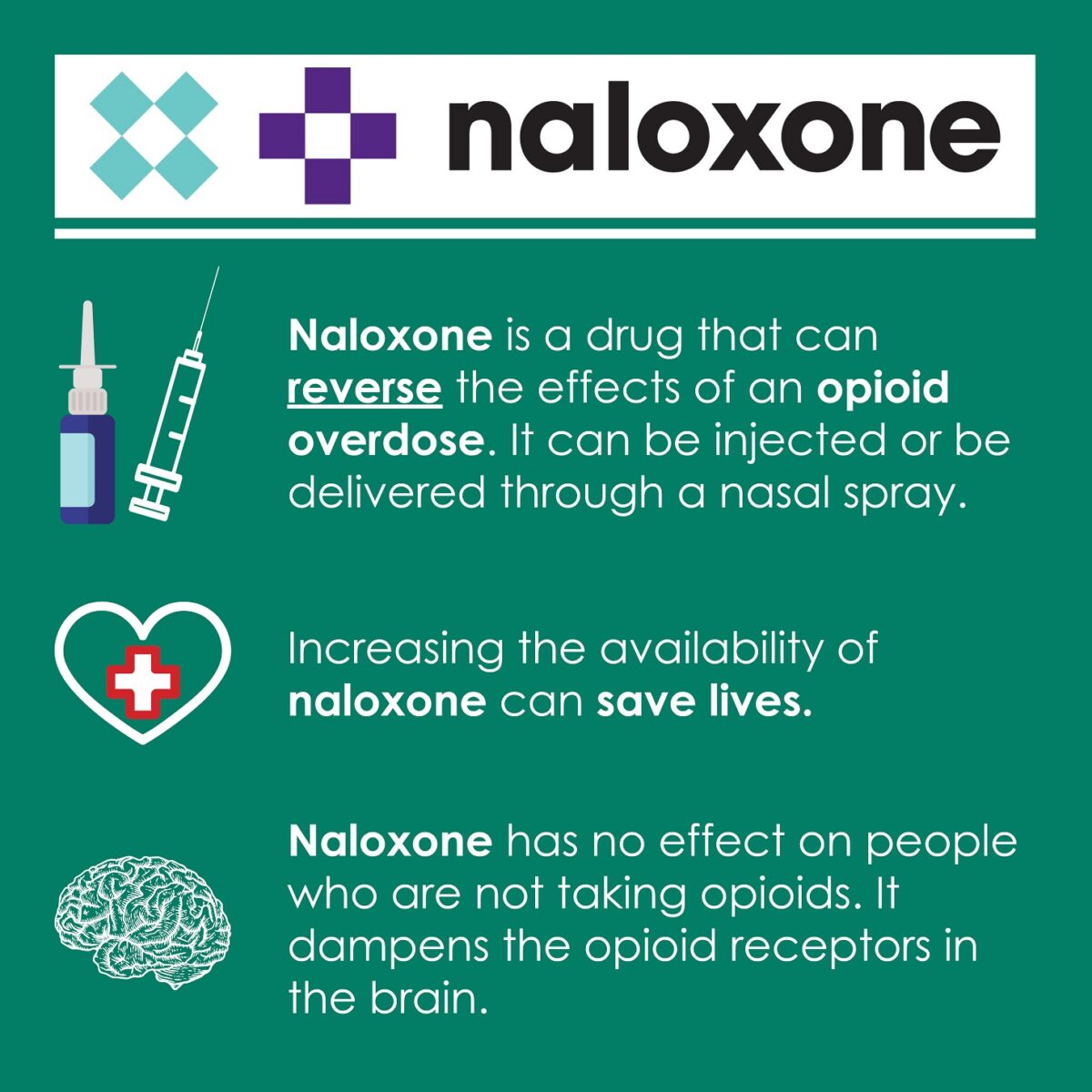

Want more information?
Hepatitis SA’s NSP sites at Noarlunga, Port Adelaide, and Elizabeth are fully staffed by peer workers who have personal experience and knowledge around injecting drug use and also have up-to-date knowledge on hepatitis B, hepatitis C and other blood-borne viruses.
The NSP peer educators are also available regularly at other NSP sites in metropolitan Adelaide including at the Hepatitis SA premises at Hackney.
Last updated 10 April 2025
More from:
Enjoyed this article? Subscribe to be notified whenever we publish new stories.
Subscribe for Updates
